Ska Fabricating is celebrating its 500th depalletizer installation at AleSmith Brewing on March 22. This installation of Ska Fab’s 500th Can-i-Bus Depalletizer is a true testament to this Durango, Colo.-based company’s status in the craft packaging equipment market. Matt Vincent, founder of Ska Fabricating, is also marking the occasion by sharing some knowledge on depalletizing with all of you. If you’d like more info on Matt Vincent and Ska Fabricating, stick around to the end of the post. Enjoy.
The art of the de(p)al
Depalletizing containers in the beer industry is a critical part of the packaging process. By using machinery to do this task, it greatly reduces waste in the packaging process. Whether it be wasted materials or wasted labor, using automation to do this task helps to create a much more efficient and safer operation. I am going to initially focus on canning as depalletizing is much more crucial to canning than bottling in this era. The decision to purchase a depalletizer is usually made in the layout and line sizing stage of planning a packaging operation.
If the plan is to run less than 20 cpm (cans per minute), then the decision to manually depalletize and load cans by hand is an option. Much faster than that, most people regret not automating in some fashion. Part of that factor is related to can rinsing. In my opinion, rinsing cans using ionized air or clean water is a critical and necessary part of the process and should never be overlooked no matter what speed you are operating at. There are several options for depalletizers in terms of the level of automation, line speed and size of pallet.
Basic (shaker table)
The most basic level of depalletizing methods are what is called a shaker table or whale tail. In both of these scenarios, either a forklift or a specialized pallet jack is required to lift the pallet to a level higher than the infeed of the filler. Once at that level, either a full layer is swept onto a tilting platform or partial sweeps place cans on the incline that would then optimally feed a rinser. Many operations choose to cut corners and eliminate the can rinser from this arrangement as there isn’t enough height to allow a gravity rinser to do its job. If you saw what comes out of “factory sanitized” cans, you would want your cans rinsed!
Mobile (half stack)
The next level of depalletizing is utilizing a mobile depalletizer. This unit usually handles half stacks of cans, is on wheels and is generally a lightweight machine that has minimal automation yet can reduce loading to a part time job. This is optimal for running up to about 40 to 50 cpm max and will only allow for half height stacks of cans.
Because of their size and capacity, they usually require stopping the line between pallet changeover. In a large production run, starting and stopping a filler to change pallets out can cause for a significant amount of product loss due to foaming. These machines generally don’t have a conveyor attached to them and still heavily rely on gravity to aid them versus a larger machine that uses conveyance to push the cans to the rinser.
Mobile depalletizers are ideal for tight multi-use spaces that are used for various other packaging or brewing tasks. They can be moved out of the way when not in use and are typically used only a couple of times a week.
Full-size (semi-automated)
A full size depalletizer is the next step up from a half stack mobile depalletizer. This is where options start to grow. Almost all depalletizers at this size handle 90 percent or more of the tasks, requiring significantly less user interaction other than at pallet change-out. There are more options for configurations for the layout as there are multiple ways to load and unload pallets and cans from the machine. These configurations are generally based on what fits in the floor plan in the best fashion.
Generally, the range of what is still called a “semi-automated full height” depalletizer goes from 30 to 400 cpm. These are still considered semi-automated as most still require the user to load the pallet, remove plastic banding and remove the top frame before the automation takes over. Additionally, they are floor mounted in the facility and are not to be moved around. I won’t dive into the next level of depalletizers as most are beyond the scope of the craft beverage industry.
Conveyance decisions
Once it has been determined to use a full height depalletizer, the next decision is based on the speed of the line and determining the size and shape of the accumulation bed prior to rinsing. The rule of thumb is that four to six minutes of accumulation is sufficient for an operator to remove the empty pallet and replace it with another pallet. This will allow the filler to continuously run without stopping.
There are endless options for this portion of conveyance, and it is generally best determined by analyzing the facility floor plan and ensuring that it fits and is placed optimally for raw material and finished goods flow. Other options on the depalletizer include tier sheet storage, automated pallet infeed and removal, multiple can height sensors, custom pallet size, tier sheet grippers, suction cup tier sheet removal and so on.
Can rinsing
After the depalletizer, can rinsing is the next critical process prior to can filling. Filtered water has been a long-preferred method of rinsing, but it does have negatives.
- There are opportunities for microbial contamination from residual rinse water and the possibility of high dissolved oxygen in the rinse water that is residual in the can.
- At slower speeds, there is more drain time for the cans to drain the water, but at higher speeds, this method can leave too much of that water in the can.
A more expensive and better alternative is to use ionized air. This process provides negatively charged air to release the static from the can and causes any particulate to disassociate from the can. The higher quality ionized air rinsers have both a positive pressure providing the ionized air blowing into the can and a vacuum providing negative pressure to remove the debris from the can. A good analogy for this would be without a vacuum debris removal system, it’s like trying to blow leaves out of your garage with a leaf blower. If you aren’t sucking the debris out, it tends to just swirl around in the can.
The depalletizing process should be one that requires less attention, and the choices out there allow the buyer to choose what level of automation and at what price best suites the facility. They should be very low maintenance machines that have a small parts list and the most important task the depalletizer should be doing is allowing the packaging crew to focus on getting product in the can.
Debriefing on Matt Vincent and Ska Fabricating
Vincent designed the first depalletizer in his buddies’ garage for his brewery, Ska Brewing. After spending five years of canning two cans at a time and unloading them by hand in an incredibly small brewing operation did enough space open up with a new facility that it allowed him to build the machine that is now known as the Can-i-Bus. It was created out of need as there were very few, if any, depalletizers that were sized for such a small operation. Only after a crew of guys from Austin Beerworks offered to buy one from him did the light bulb click that there were many other breweries facing similar problems. This was how Ska Fabricating started. They have now built over 500 machines throughout the world and are considered an industry leader in the craft beverage business. They offer multiple sized machines for both cans and glass and also offer complete packaging line design along with conveyors, rinsers, low fill detection, date coders, and many more options to help design, build, and optimize your packaging line.

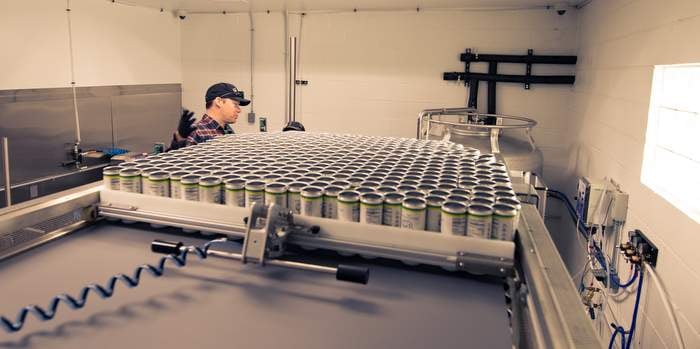
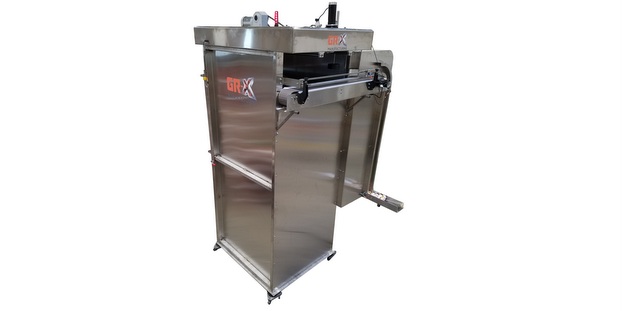
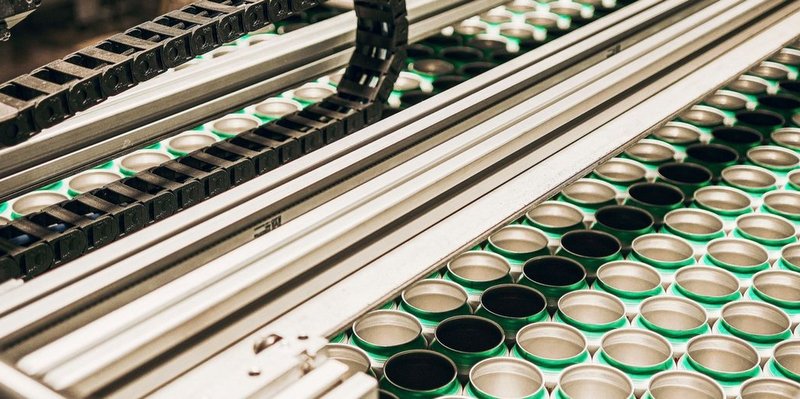
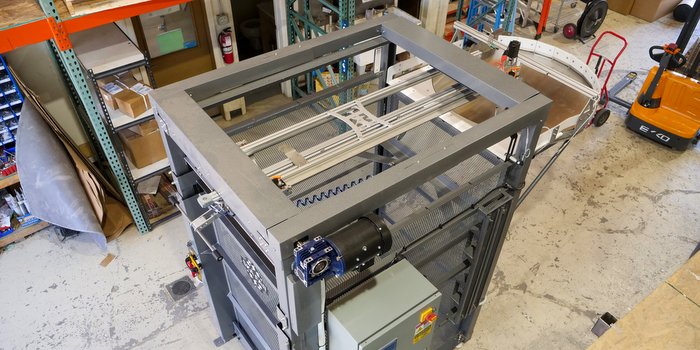
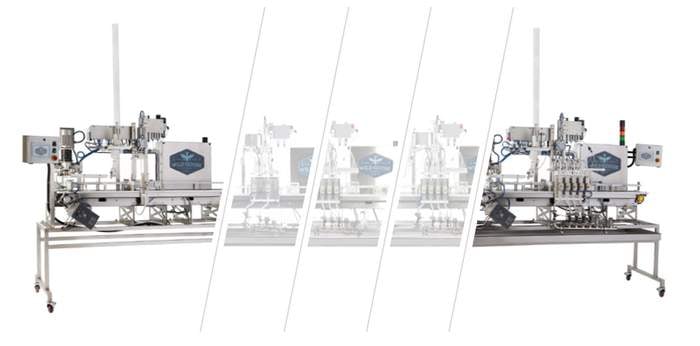
[…] common goal of a well-designed automation implementation is to increase line speed. Depalletizing cans into your filler will reduce the time spent loading containers by hand and reduces stoppages when […]